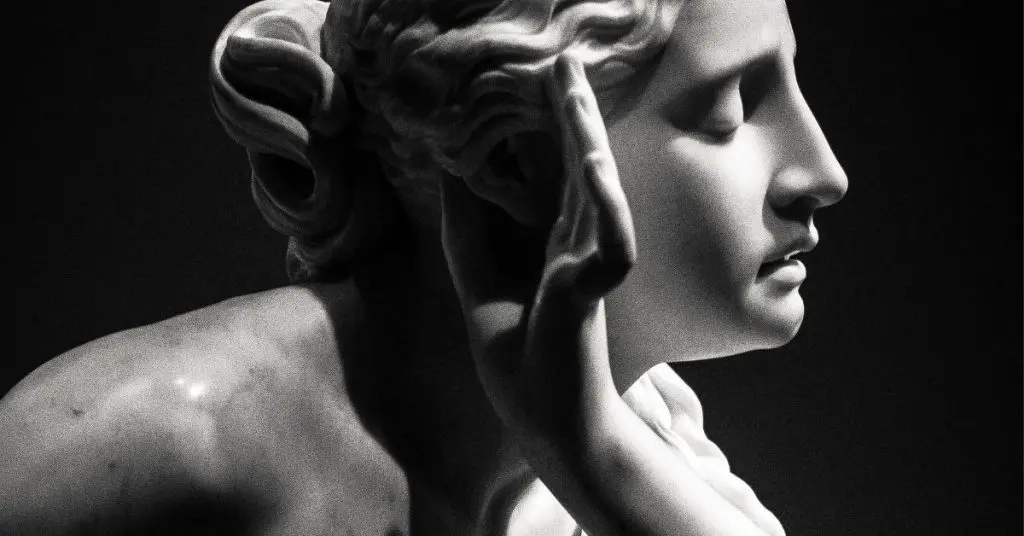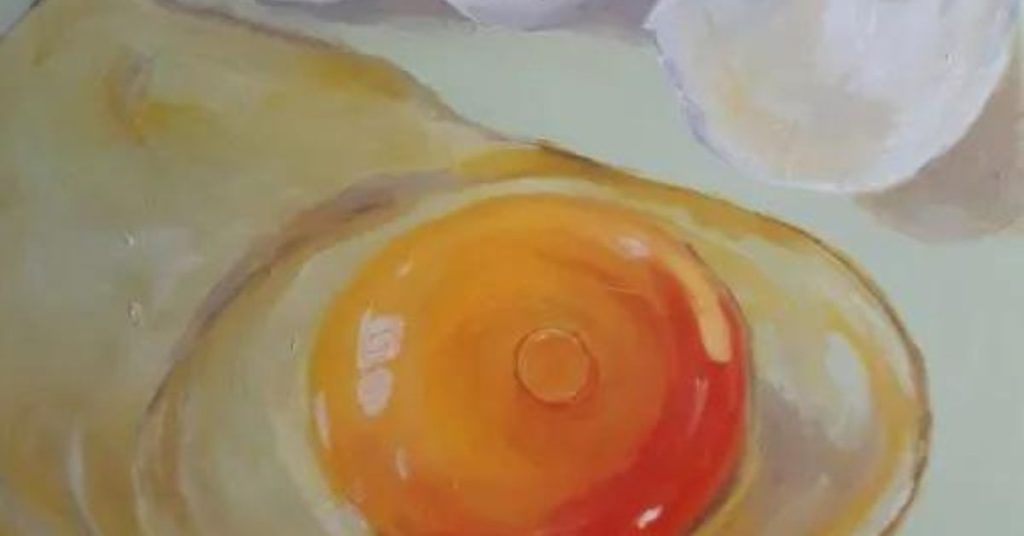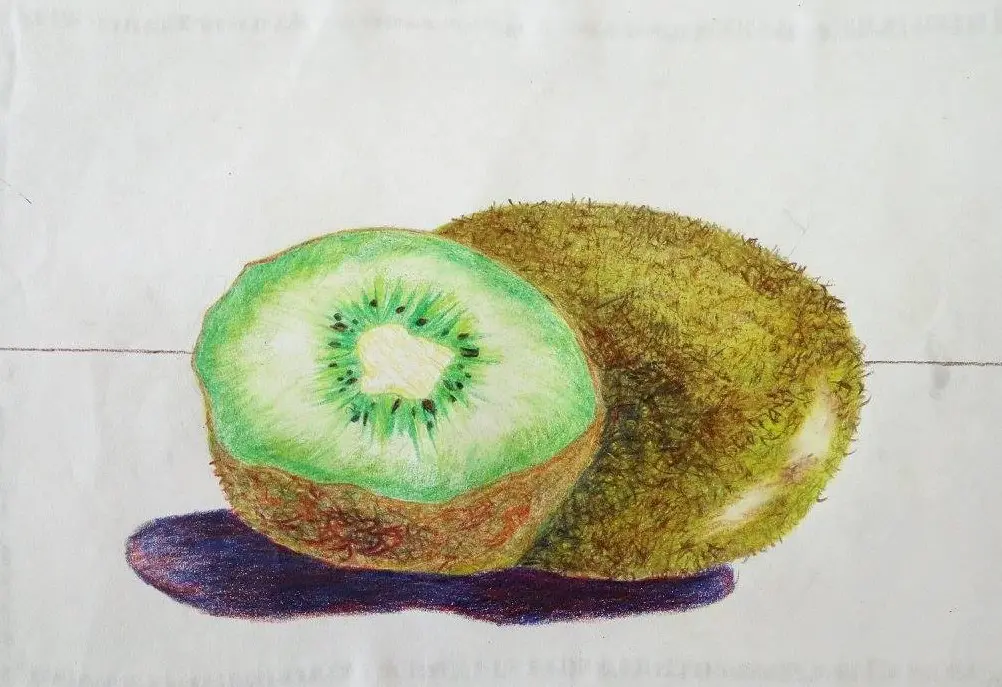Art Criticism

Every brushstroke, every colour choice, and every intricate detail within a work of art tells a story. But how do we interpret and assess these narratives?
Enter the world of art criticism, a dynamic discipline that includes the analysis and evaluation of works of art.
Understanding criticism can unlock a new level of appreciation and insight into the masterpieces that have shaped our world, whether you’re an art enthusiast or simply curious about the intricacies of the creative process.
So, let us delve into the fascinating world of art critique and uncover the mysteries hidden within the canvas.
What is Art Criticism?

The analysis and evaluation of works of art are known as art criticism. In order to properly evaluate a work of art, the criticism process can be broken down into four steps:
- Description involves the objective identification of the work’s formal qualities, such as colour, shape, and texture.
- Analysis delves deeper into the work’s structure and components, seeking to understand how they function together to create meaning.
- Interpretation involves drawing out the work’s underlying themes and ideas, and
- Evaluation involves assessing the work’s success in achieving its goals.
In short, art critique provides you with an opportunity for an informed discussion to improve your understanding and appreciation of art.
Steps in Art Criticism

Although there are many ways to critique a work of art, the following are some general steps that can be taken:
1. Description:
Begin by providing an objective description of the artwork, noting its size, medium, style, and other physical characteristics. Consider the use of art elements like line, shape, colour, texture, and space in the artwork.
2. Analysis:
Next, analyze the artwork, looking for patterns, themes, and relationships between the elements. Consider the artwork’s composition, use of perspective, and the artist’s techniques.
3. Interpretation:
Interpretation involves making meaning of the artwork and considering what it might be communicating. Look for symbolism, cultural references, and other clues that might help you understand the artwork’s meaning.
4. Judgement:
Based on your analysis and interpretation, make a decision about the artwork. Consider its overall effectiveness, the impact it has on you as a viewer, and its place in art history.
Aspects of Art Criticism

Art criticism has several aspects that help in the analysis and evaluation of a work of art. These include:
1. Formal Analysis
Formal analysis in art criticism is a method of evaluating a work of art based on its formal qualities, such as colour, composition, line, texture, and shape.
Formal analysis adheres strictly to the object of the artwork by providing a pure description of it. This description is often used to understand the artist’s intention and how the work fits into the larger context of art history.
Through formal analysis, art critics seek to uncover the underlying structure and composition of the work, as well as how the elements work together to create meaning and visual impact.
It’s crucial to keep in mind that formal analysis is only one of many possible approaches to the critiquing process and it should be combined with other techniques including contextual, historical, and theoretical analysis for better understanding.
2. Historical Analysis
In order to comprehend a work of art in its historical context, historical analysis is a crucial component of art criticism.
Examining possible social, political, and cultural influences on the artwork’s conception as well as historical occurrences and movements that might have affected its reception and interpretation are included in this.
The ability to better understand and appreciate the artwork within its historical and cultural context is made possible by historical analysis, which is a key part of art criticism overall.
3. Interpretive Analysis
An essential part of art criticism is interpretive analysis, which comprises understanding a particular work of art from a theoretical perspective and establishing its importance in the history of art.
By referencing the artist’s intentions, the work’s historical and cultural context, and the viewer’s individual response to the piece, the interpretive analysis aims to analyze the meaning and context of a work of art.
A technique of art critique known as formal analysis, in contrast, rigorously clings to the object-artwork by giving a pure description of its formal attributes, such as colour, line, shape, texture, and composition.
By examining the work’s underlying themes and ideas and interpreting its significance in the work’s larger cultural and historical context, interpretive analysis goes beyond formal analysis.
Due to its ability to help us understand the worth and significance of a piece of art from a theoretical perspective, this aspect of art analysis is essential to art criticism.
Frequently Asked Questions About Art Criticism
What are the 4 types of art criticism?
There are four types of art critiques. Describe, analyze, interpret, and make a judgement. These four stages are simple yet very effective in helping you understand a work of art.
What are the five 5 different types of art criticism?
Observe, interpret, analyze, evaluate, and connect. While these steps are not necessarily types of art criticism, they provide a systematic approach to analyzing and evaluating art.
What are the principles of art criticism?
Formalism and contextualism are the two principles. Formalism evaluates an artwork’s aesthetics based on its intrinsic features, while contextualism considers its socio-cultural or historical context.
Why is art criticism important in art?
Art criticism is an important component in the field of art because it serves to evaluate and analyze artwork from various perspectives. It allows us to assess an artwork’s form and content in order to determine its value through thoughtful and informed analysis.
Final Thoughts on Art Criticism
In conclusion, art criticism is a vital part of the artistic process. It allows us to appreciate and understand art in new ways and encourages self-reflection.
Artists can use criticism from others to refine their craft and make more meaningful works of art that can move their viewers.
Art critics have an important job of evaluating, interpreting, and providing insight into the artwork.
They help to create a more informed dialogue about art between those who are involved in the field and the public.



Leave a Reply